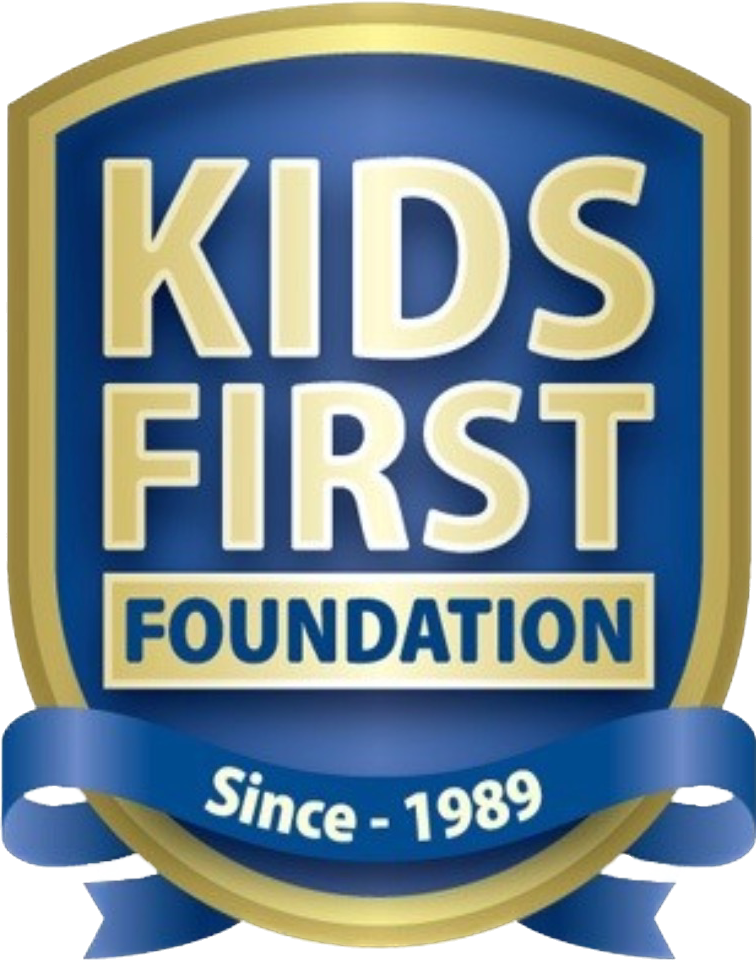What Animated Films Can Teach Us About Intellectual Disabilities
How to Make A More Autism-Friendly Work Environment
The way a culture responds to those with intellectual and developmental disabilities is shaped, in large part, by how disabilities and illnesses are portrayed in popular culture. Books and movies that feature characters grappling with their humanity through the lens of intellectual challenges and mental illness are uniquely positioned to help battle lingering stigmas.
By focusing on the exceptional abilities of their characters, pop culture is helping to recast those challenges not as a weakness, but as a source of strength. With the CDC estimating that upwards of 1 in 68 children identify as autistic, it’s important that we have accurate cultural representations of this large segment of the population.
As this recent viral comic depicting the autism spectrum goes to show, sometimes effective education about learning differences comes not through dense medical texts, but through simple narratives that affect us on the emotional level. Greater understanding around disabilities leads to greater empathy. Empathy, in turn, fosters better care.
So it’s encouraging to see the world of animated films delving into storytelling that celebrates our differences. The four films below took a lighthearted and imaginative approach and reached a huge audience in the process. For a better understanding of what it’s like to live with a disability, plan a movie night with these instant classics.
Finding Nemo & Finding Dory
Beyond the huge audience of children who relate to the lovable characters in the “Finding Nemo” franchise, Pixar has received high praise from disability support groups for its portrayal of characters who are propelled forward—rather than being held back—by their differences. In 2003, the world fell in love with a spunky fish named Nemo, who learns to think of his undersized fin as his “lucky fin.” In this summer’s blockbuster hit “Finding Dory,” we follow along on the journey of a fish with short-term memory loss. In both films, these characters are not portrayed as different in a sea of normal; instead, they are just two more fish playing to their own unique strengths. There are also whales with echolocation issues and nearsighted sharks. The point is, everyone deals with their own unique limitations, and we don’t live in a world where differences should be isolated from so-called “normal” characters.
While memory loss is not a common symptom of autism, many moviegoers who either have autism or care for a child with autism found strength and relatability in Dory. She feels the need to constantly apologize for her forgetfulness, although she can’t help it. As we at Kids First Foundation and other advocates for mental health awareness work to remove the stigma around autism, a good first step is realizing that there is no apology necessary. Throughout Finding Nemo and Finding Dory, Pixar beautifully illustrates why it’s actually good to be different. Parents and caregivers have also related to the role of Dory’s parents in caring for their own children on the spectrum, which requires a balancing act of fostering a supportive environment while also letting children thrive on their own. For an animated children’s movie and sequel, these aquatic hits address disability with a deft touch that encourages awareness, acceptance, and a celebration of the differences that make each of us unique.
Inside Out
While Disney Pixar’s “Inside Out” isn’t about a learning disability per se, its unique portrayal of the wide spectrum of human emotions is a helpful way to think about how emotional experiences can be extremely nuanced, especially for children on the autism spectrum. In the film, an 11-year-old girl named Riley is adjusting to a cross country move. Her emotions are represented by the animated characters of Joy, Sadness, Anger, Fear, and Disgust, and they operate out of headquarters in her brain. This original spin on a film about emotions takes the question Joy asks near the beginning of the movie quite literally:
“Do you ever look at someone and wonder what is going on inside their head?”
What this film does in such a groundbreaking way is portray how emotions play a huge factor in how we all develop different coping strategies for life’s daily challenges. Emotions are incredibly complex and interwoven for everyone, and that effect can be amplified in those with ASD. “Inside Out” signals a rising cultural awareness of the complex dance that emotions play in every moment, and consequently we’re starting to see more considerate responses to autism and other disabilities in real world settings. From companies hiring more autistic individuals to airports and theme parks creating sensory calming rooms for autistic visitors, it’s a great step forward that the world is becoming a more navigable place for those who have difficulty processing emotions.
The Present
This short and sweet animated film had an incredibly successful debut on the festival circuit last year, winning more than 50 awards and running in over 180 festivals. The secret to its success? Clocking in at under five minutes, you’ll be hard pressed to find someone who isn’t affected on an emotional level after watching this film. It’s relatable, imaginative, and all around a great little story. Similar to the viral success of the autism spectrum comic mentioned above, this short film was actually based upon a comic strip by the talented artist Fabio Coala and adapted for the screen by Jacob Frey.
I don’t want to spoil it for anyone who hasn’t seen it yet, but I think the real gift of “The Present” is how it lets us celebrate our similarities at the same time that we learn to respect each other’s differences.
Movies have the power to change cultural perception around social issues such as intellectual disabilities. Changing how disabilities are perceived is the first step to changing our care models. So it’s encouraging to see animated films stepping up to the plate to celebrate the amazing diversity in our shared humanity.

